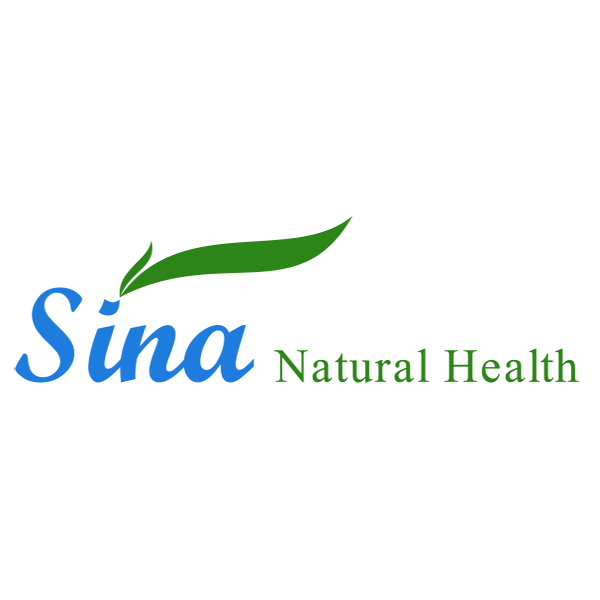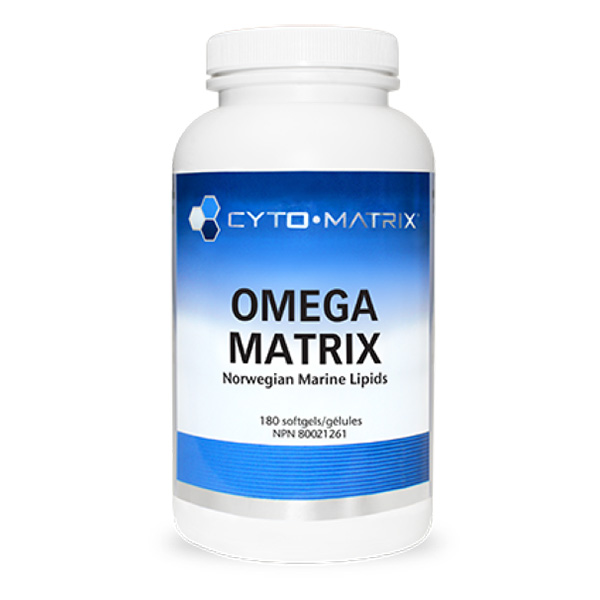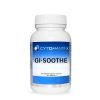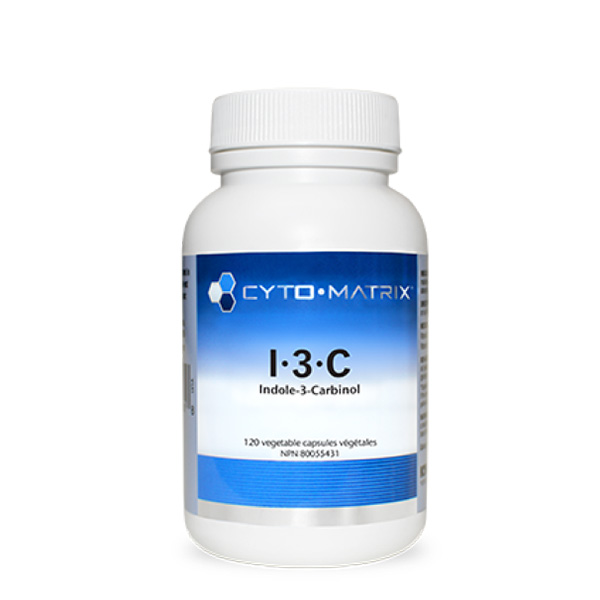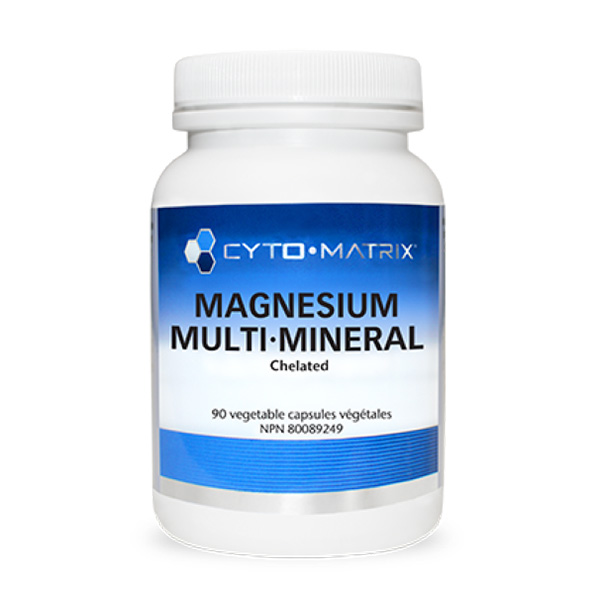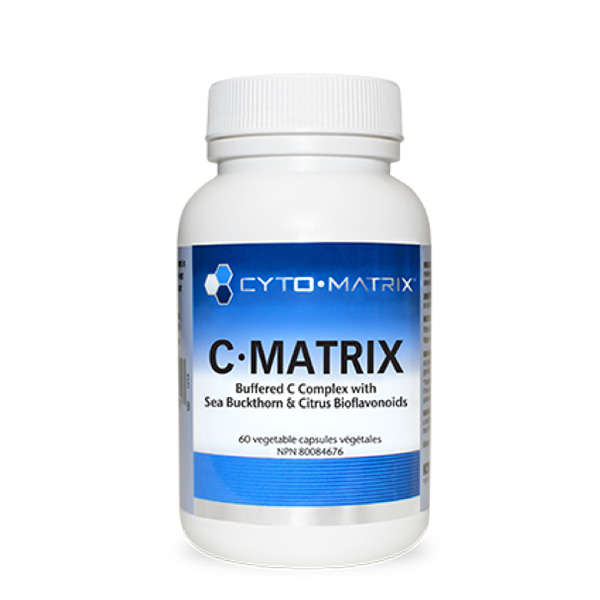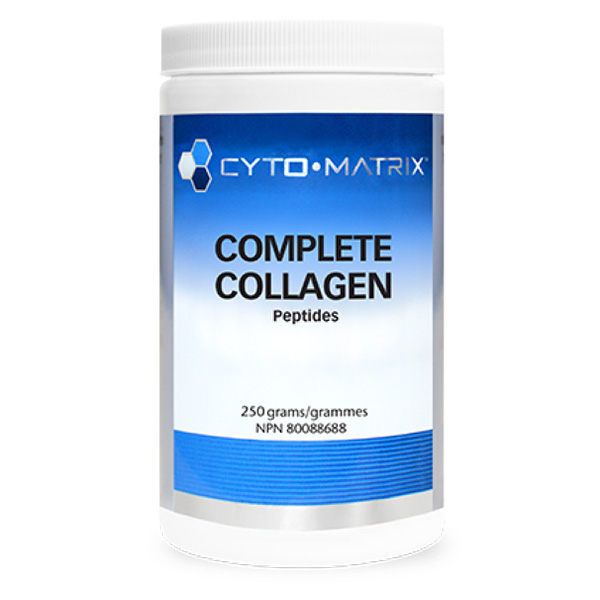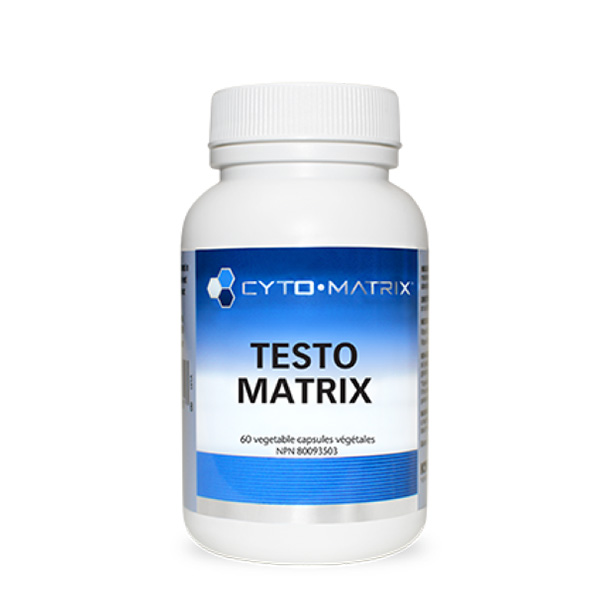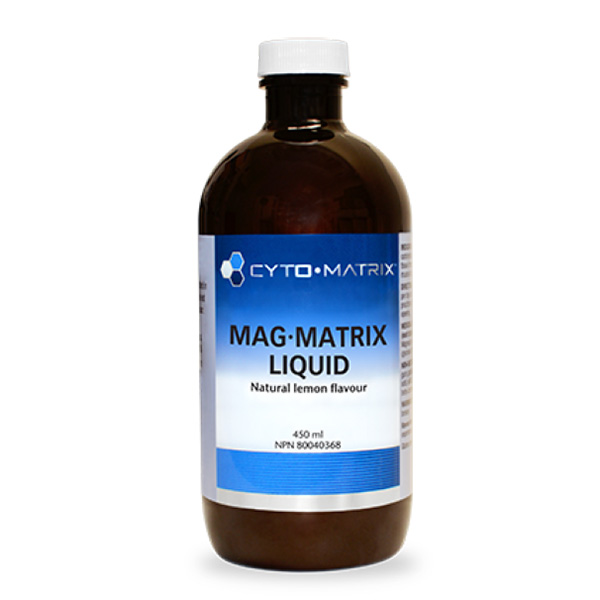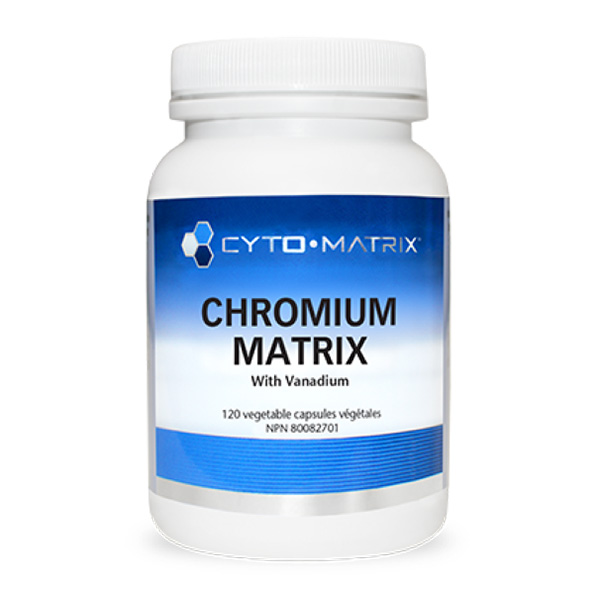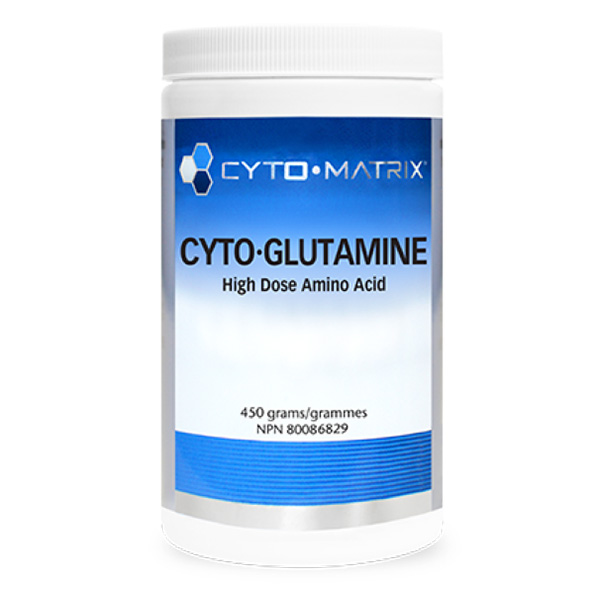CytoMatrix – Omega-Matrix 180 GC

Molecularly distilled omega-3 fatty acids providing 400mg EPA, 200mg DHA, and 200mg borage oil providing 48mg GLA in each softgel.
Note: As required by the manufacturer, to see the price and purchase CytoMatrix products you need to login/create an account first.
The modern diet has seen a drastic reduction in the intake of omega-3 fatty acids, compounded by a significantly greater intake of omega-6 fatty acids. This is problematic as many of our tissues rely on fatty acids for proper synthesis and communication. If the appropriate fatty acids are not available, the implications for overall health are vast. Ultimately, a relative deficiency of omega-3 fatty acids can lead to a pro-inflammatory state and increase the risk of chronic disease.
The active compounds responsible for the widespread benefits of fish oil supplementation have been identified as eicosapentaenoic acid (EPA) and docosahexaenoic acid (DHA). Although both are important for various aspects of human health, EPA is generally regarded as an anti-inflammatory fatty acid while DHA is primarily responsible for neurodevelopment and nerve protection.
EPA and DHA have been clinically studied in a variety of health conditions. For example, supplementation with these omega-3 fatty acids have been found to be beneficial for cardiovascular health, rheumatoid arthritis, autoimmunity, cognition, mood, skin health and atopic concerns, to name just a few clinical indications. Simply put, EPA and DHA should be considered for any systemic inflammatory condition.
Although an excess of omega-6 fatty acids can be problematic, not all omega-6 fatty acids should be vilified. For example, Gamma Linolenic Acid (GLA) is an omega-6 fatty acid commonly found in plant seeds such as evening primrose, borage and hemp. When provided together with omega-3 fatty acids such as EPA and DHA, GLA conversion to prostaglandin E1 is encouraged. PGE1 has anti-inflammatory effects and also has the ability to induce smooth muscle relaxation. Most importantly, clinical trials with GLA have demonstrated benefits in arthritis, eczema, hypercholesterolemia, premenstrual syndrome and dry eye syndrome.
Omega Matrix is molecularly distilled, without the use of chemicals or solvents, to ensure purity and removal of harmful compounds such as heavy metals and organophosphate compounds. Omega Matrix includes 400mg EPA, 200mg DHA and 200mg of borage oil per softgel. The borage oil contains 24% GLA content for a total of 48mg GLA in each softgel. Mixed tocopherols are added to the formula to protect against and prevent oxidation. Available in 180-softgel bottles.
| Ingredient | Amount |
|---|---|
| Fish oil (anchovies, sardines and mackerels) | 1000mg |
| EPA (eicosapentaenoic acid) | 400mg |
| DHA (docosahexaenoic acid) | 200mg |
| Borage oil* | 200mg |
| *Providing 48mg GLA |
Unit of Measure above:
Each softgel
Non-Medicinal Ingredients:
D-alpha tocopherol. Capsule: gelatin, glycerin, purified water.
Directions: Adults – Take 1 softgel, 3 times per day with food or as directed by a healthcare professional.
Indications: Helps support cardiovascular health. Helps to reduce serum triglycerides.Helps support cognitive health.
Warnings: Do not use if safety seal is broken.
DISCLAIMER: While we do our best to keep the information on our website up to date, some product’s packaging or description may not match the manufacturer’s listing. As such, we always recommend that you read labels, directions for use, and warnings of the purchased products though the manufacture’s website and not rely solely on the information provided here.
| Weight | 0.1 kg |
|---|
Brand
Cyto-Matrix
Cyto-Matrix is a professional natural health products company comprised of key associates having decades of experience in the health care industry. Expertise in product development, scientific analysis, continuing health education for professionals and patient education will be evident in all our activities focused on the health care practitioner.
NOTE: To see prices and purchase Cyto-Matrix products you must Create an Account/Login
